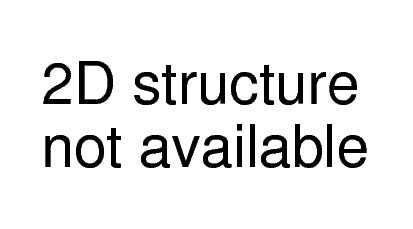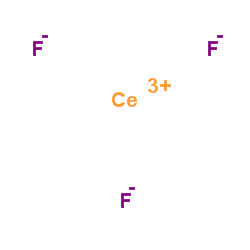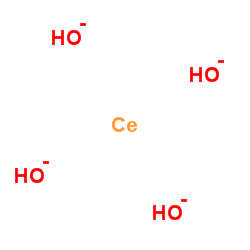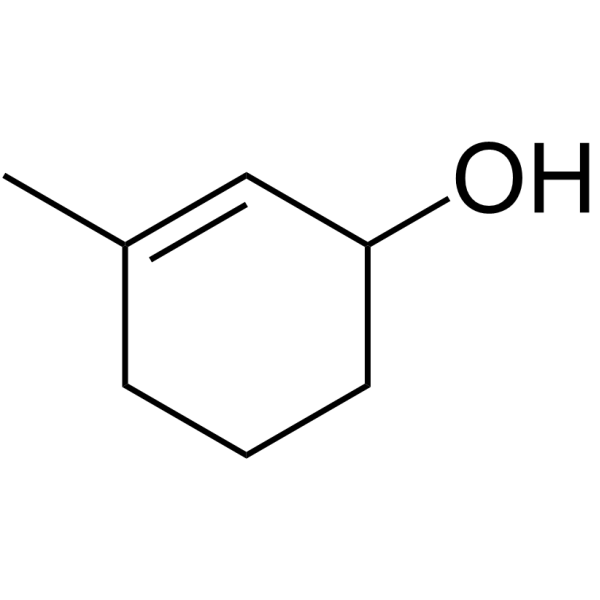7790-86-5
| Name | cerium(iii) chloride |
|---|---|
| Synonyms |
CeCl3
cerium(iii) chloride MFCD00010929 CERIUM II CHLORIDE CEROUS CHLORIDE Cerium(III)chloride ceriumtrichloride Cerium(3+) trichloride cerium chloride EINECS 232-227-8 |
| Density | 3.97 g/mL at 25 °C(lit.) |
|---|---|
| Boiling Point | 1727 °C |
| Melting Point | 848 °C(lit.) |
| Molecular Formula | CeCl3 |
| Molecular Weight | 246.475 |
| Flash Point | 1727°C |
| Exact Mass | 244.811996 |
| Stability | Stable. Hygroscopic. Incompatible with strong acids, strong oxidizing agents. |
CHEMICAL IDENTIFICATION
HEALTH HAZARD DATAACUTE TOXICITY DATA
|
| Symbol |

GHS07 |
|---|---|
| Signal Word | Warning |
| Hazard Statements | H315-H319-H335 |
| Precautionary Statements | P261-P305 + P351 + P338 |
| Personal Protective Equipment | dust mask type N95 (US);Eyeshields;Gloves |
| Hazard Codes | Xi:Irritant; |
| Risk Phrases | R36/37/38 |
| Safety Phrases | S26-S36 |
| RIDADR | NONH for all modes of transport |
| WGK Germany | 2 |
| RTECS | FK5075000 |
| HS Code | 2846109090 |
|
~% 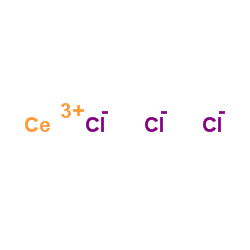
7790-86-5 |
| Literature: Journal of Physical Chemistry B, , vol. 109, # 41 p. 19169 - 19174 |
|
~0% 
7790-86-5
Detail
|
| Literature: Evans, William J.; Feldman, Jay D.; Ziller, Joseph W. Journal of the American Chemical Society, 1996 , vol. 118, # 19 p. 4581 - 4584 |
|
~% 
7790-86-5 |
| Literature: Analytica Chimica Acta, , vol. 73, p. 416 - 419 US3615169 , ; C.A., , vol. 76, p. 5436 |
|
~% 
7790-86-5 |
| Literature: Thermochimica Acta, , vol. 320, # 1-2 p. 1 - 7 |
|
~% 
7790-86-5 |
| Literature: Journal of General Chemistry USSR (English Translation), , vol. 52, p. 407 - 409 Zhurnal Obshchei Khimii, , vol. 52, p. 465 - 468 |
|
~% 
7790-86-5 |
| Literature: Tr. Tomsk. Univ., , vol. 204, p. 82 - 85 C. A., , vol. 78, p. 131489 Sc: MVol.C3, 6.2.2.9.3.3, page 110 - 110 |
|
~% 
7790-86-5 |
| Literature: Thermochim. Acta, , vol. 25, p. 233 - 240 |
| Precursor 7 | |
|---|---|
| DownStream 10 | |
| HS Code | 2846109090 |
|---|





